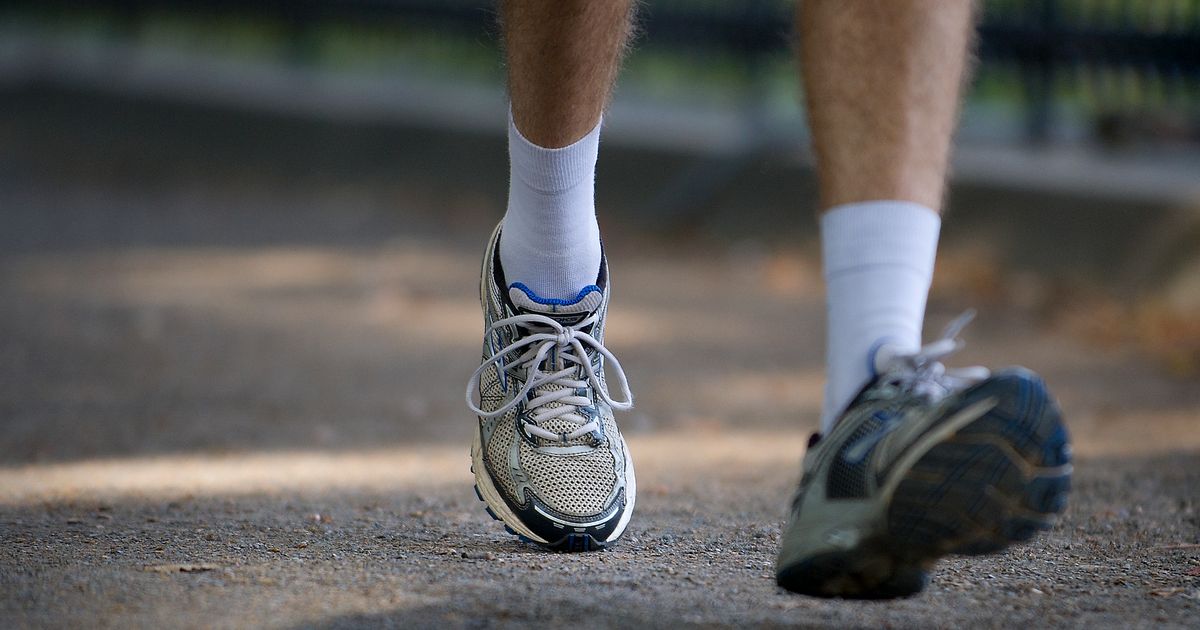Doctors and physical therapists have long incorporated aerobic exercise into treatment programs for lower-back pain. Movement can simultaneously ease lower-back pain and also strengthen the muscles that support your back. Still, many people with back pain can be hesitant to exercise.
A new study, published Wednesday in The Lancet, offers more evidence on the power of movement. The study found that a regular walking routine can be very effective for preventing the recurrence of back pain. The study focused on adults with a history of low-back pain; those who walked regularly went nearly twice as long without their back pain coming back compared with the control group.
The findings are in line with a large body of existing research that has established an association between physical activity and better outcomes for back pain. A 2019 systematic review found that physical activity lowered the prevalence of back pain. And a 2017 study found that yoga worked as well as physical therapy for relieving back pain.
The new study builds on this research by following patients outside a tightly controlled clinical setting. Mark Hancock, a professor of physiotherapy at Macquarie University in Australia and a senior author of the study, sought to evaluate the effectiveness of a less-expensive intervention that could be easier for many people to access than in-clinic treatment.
Hancock and a team of researchers targeted a relatively sedentary sample group. The researchers collected data on 701 adults who had recently recovered from an episode of low-back pain. They were randomly split in two groups: one group received an individualized walking and education program, facilitated by a physiotherapist over six sessions in a six-month period. The other group did not receive any intervention. The researchers followed both groups for the next one to three years.
The goal for each person in the walking group was to walk five times per week for at least 30 minutes daily — but the program was highly personalized based on age, body mass index, current activity level, time constraints and personal goals.
Participants in the walking group also received an education program to help them better understand and respond to their pain. When patients had an uptick of lower-back pain, they were encouraged to continue walking, but adjust their speed and distance as needed. Hancock said that when many people experience increased pain, they often feel especially protective of their back and avoid movement.
“The education changed the way that they thought about that and got them being more active — and remaining active when they had some back pain,” Hancock said.
The new findings also echo the conclusions of a 2020 meta-analysis of 25 studies on low-back-pain prevention, of which Hancock was co-author. In the meta-analysis, researchers found that regular exercise, combined with physical education, was the most effective way to prevent lower-back pain from recurring.
Although there are many different causes of lower-back pain, often the root cause is having a “weak base of support,” said Hamza Khalid, a physician at the Cleveland Clinic Center for Spine Health. Walking can help strengthen the muscle groups that help stabilize the spine, primarily your core muscles. Core weakness can lead to fatigue, spine misalignment and pain, he said.
Almost 7 in 10 people who recover from an episode of low-back pain will experience a recurrence within the following year, according to Hancock’s research.
“Exercise is like medicine,” Khalid said, while also emphasizing that it’s “no magic pill.” If your back pain is chronic or complex, your doctor or physical therapist can help you tailor an exercise program to your specific needs.
Still, moving your body is likely to help. At this point, Hancock said, “the evidence is pretty overwhelming.”

Dr. Debi Johnson is a medical expert and health journalist dedicated to promoting well-being. With a background in medicine, she offers evidence-based insights into health trends and wellness practices. Beyond her reporting, Dr. Debi enjoys hiking, yoga, and empowering others to lead healthier lives.








